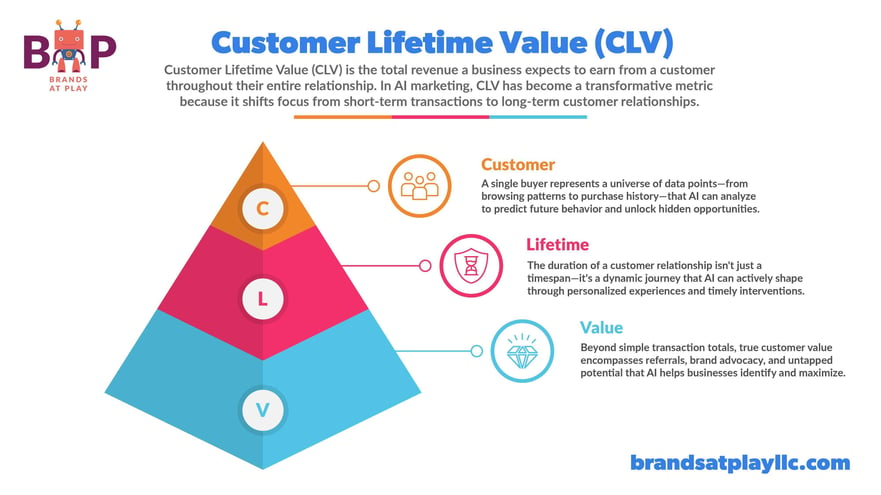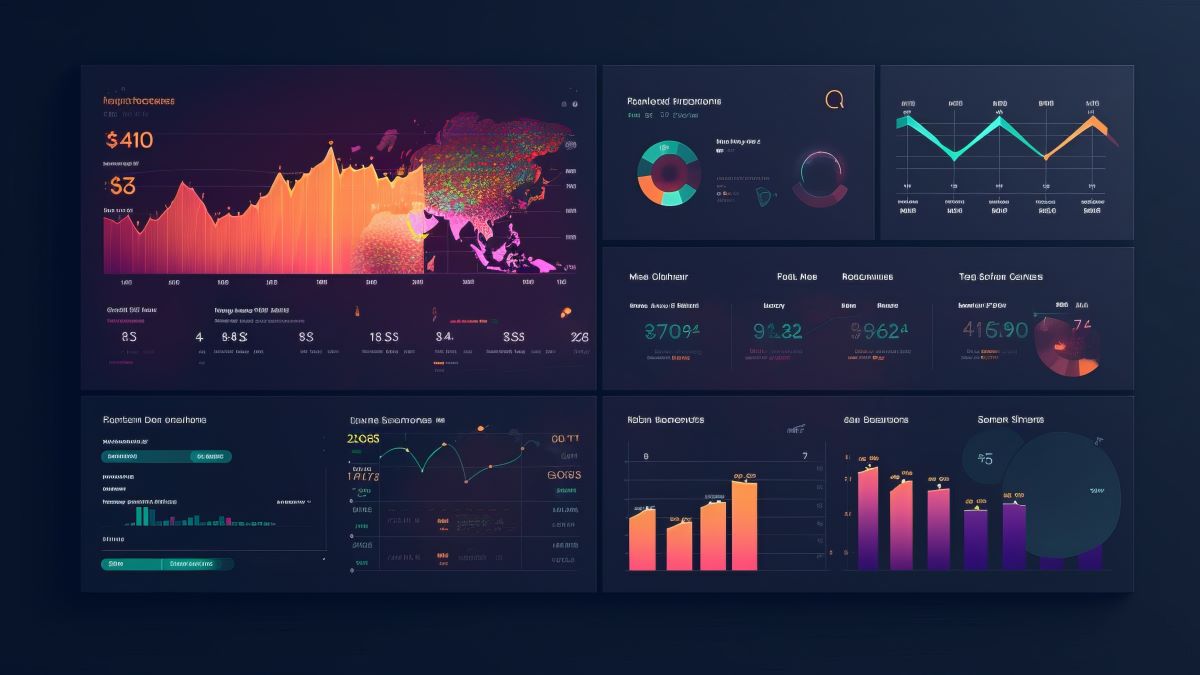Key Performance Indicators (KPIs) for AI-Driven EDM
Measuring the success of AI-driven Enterprise Data Management (EDM) requires a balanced set of KPIs that reflect both technical performance and business impact. These KPIs should be tailored to the organisation’s goals, but generally fall into several categories:
Model Performance KPIs
- Accuracy: Measures how often the AI model’s predictions match actual outcomes, ensuring reliable data processing and decision-making.
- Precision and Recall: Precision tracks the proportion of true positives among all positive predictions, while recall measures the proportion of actual positives correctly identified by the model. Both are crucial for minimising errors in data classification and retrieval.
- F1 Score: Combines precision and recall into a single metric, useful for imbalanced datasets where both false positives and false negatives matter.
- Area Under the ROC Curve (AUC-ROC): Evaluates the model’s ability to distinguish between classes, important for classification tasks in EDM.
Operational Efficiency KPIs
- Processing Time: Tracks how quickly the AI system processes and analyses data, directly impacting workflow efficiency.
- Automation Rate: Measures the percentage of data management tasks automated by AI, reducing manual effort and potential for human error.
- Error Rate: The frequency of errors or anomalies detected in automated data processes, indicating system robustness.
Business Impact KPIs
- Cost Savings: Quantifies reductions in operational costs due to automation and improved data quality.
- Revenue Impact: Assesses how AI-driven insights contribute to revenue growth or new business opportunities.
- Compliance Rate: Tracks adherence to regulatory requirements, ensuring data governance and reducing risk.
Data Quality and Integration KPIs
- Data Completeness: The proportion of datasets that are fully populated, critical for reliable analytics.
- Data Consistency: Measures uniformity across datasets, important for integrated systems.
- Integration Success Rate: The percentage of successful data integrations across systems, reflecting the effectiveness of EDM architecture.
User and Adoption KPIs
- User Engagement: Tracks how frequently and effectively users interact with AI-driven tools, indicating adoption and satisfaction.
- Training Completion Rate: Measures how many users complete training on new AI/EDM systems, a proxy for organisational readiness.
Analytics Tools for AI-Driven EDM
To track these KPIs, organisations typically leverage a combination of analytics platforms and custom dashboards:
- Business Intelligence (BI) Tools: Platforms like Tableau, Power BI, or Looker can visualise KPI trends and provide actionable insights.
- AI Model Monitoring Tools: Solutions such as MLflow, TensorBoard, or custom monitoring dashboards help track model performance metrics in real time.
- Data Quality Tools: Tools like Informatica, Talend, or Collibra assess data completeness, consistency, and accuracy.
- Process Mining Software: Applications like Celonis or UiPath Process Mining analyse workflow efficiency and identify bottlenecks in data processes.
- Custom Dashboards: Many organisations build bespoke dashboards (using Python, R, or JavaScript frameworks) to aggregate KPIs from multiple sources for executive reporting.
Best Practices for KPI Implementation
- Align KPIs with Strategic Goals: Ensure each KPI directly supports business objectives, whether cost reduction, revenue growth, or compliance.
- Continuous Monitoring and Iteration: Regularly review KPI performance, refine models, and adjust metrics as business needs evolve.
- Cross-Functional Collaboration: Involve both technical and business teams in defining and interpreting KPIs to ensure relevance and buy-in.
- Leverage AI for KPI Enhancement: Use AI to uncover latent performance drivers and refine KPIs dynamically, as seen in leading enterprises.
Example KPI Framework for AI-Driven EDM
| KPI Category | Example Metrics | Analytics Tools |
|---|---|---|
| Model Performance | Accuracy, Precision, Recall, F1, AUC-ROC | MLflow, TensorBoard |
| Operational Efficiency | Processing Time, Automation Rate, Error Rate | Process Mining, Custom Dashboards |
| Business Impact | Cost Savings, Revenue Impact, Compliance | BI Tools (Tableau, Power BI) |
| Data Quality | Completeness, Consistency, Integration | Informatica, Talend |
| User Adoption | Engagement, Training Completion | LMS, Custom Surveys |
Conclusion
Success in AI-driven EDM is multidimensional, requiring KPIs that span technical accuracy, operational efficiency, business value, data quality, and user adoption. Robust analytics tools and a disciplined approach to KPI selection and monitoring are essential to maximise ROI and ensure continuous improvement in data-driven operations.




















WebSeoSG offers the highest quality website traffic services in Singapore. We provide a variety of traffic services for our clients, including website traffic, desktop traffic, mobile traffic, Google traffic, search traffic, eCommerce traffic, YouTube traffic, and TikTok traffic. Our website boasts a 100% customer satisfaction rate, so you can confidently purchase large amounts of SEO traffic online. For just 40 SGD per month, you can immediately increase website traffic, improve SEO performance, and boost sales!
Having trouble choosing a traffic package? Contact us, and our staff will assist you.
Free consultation